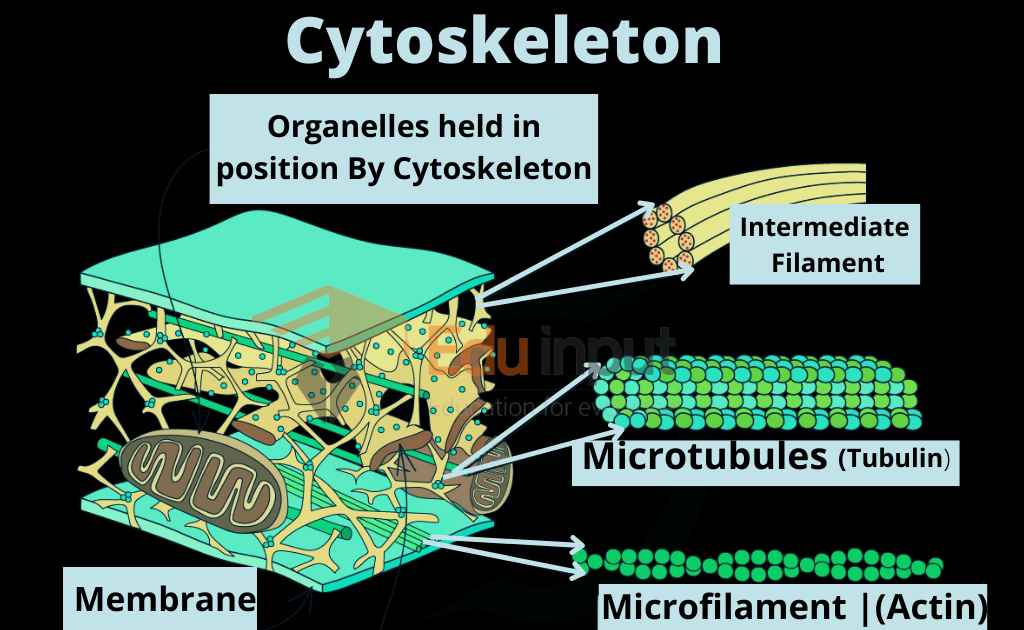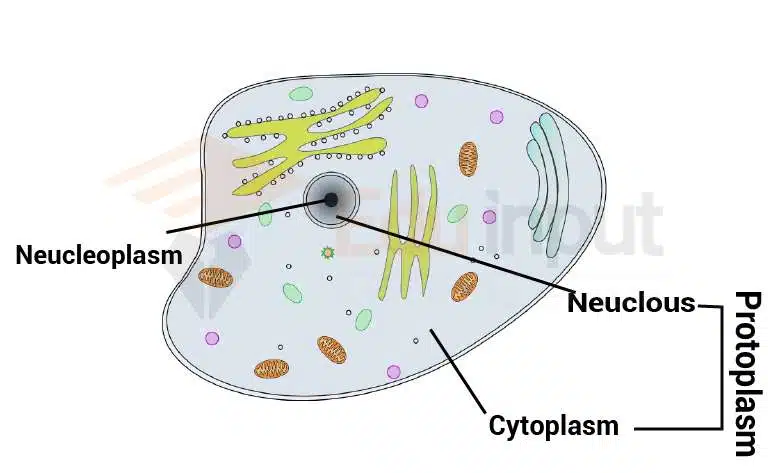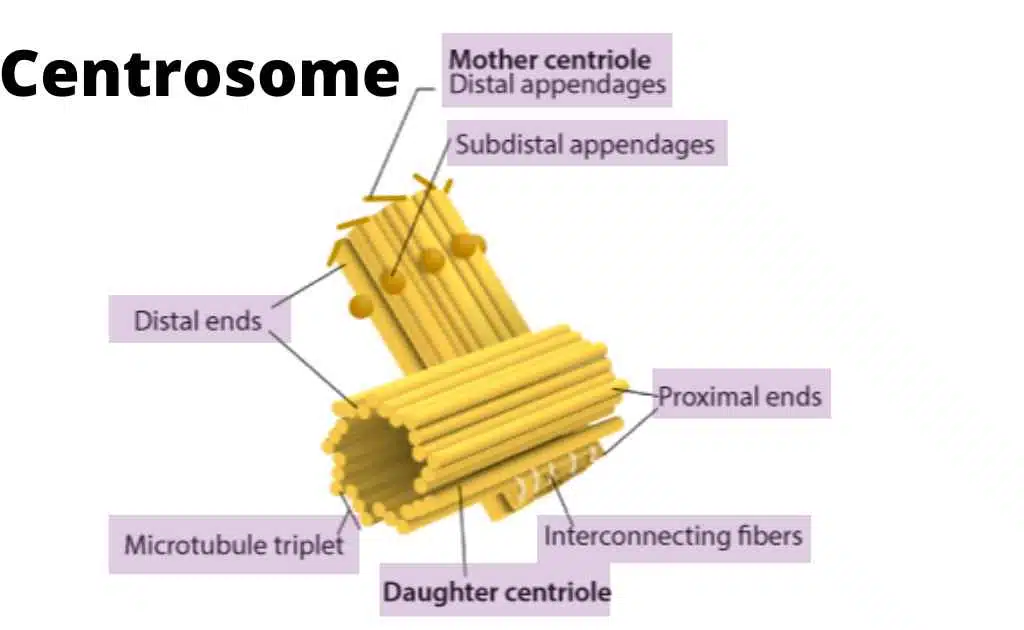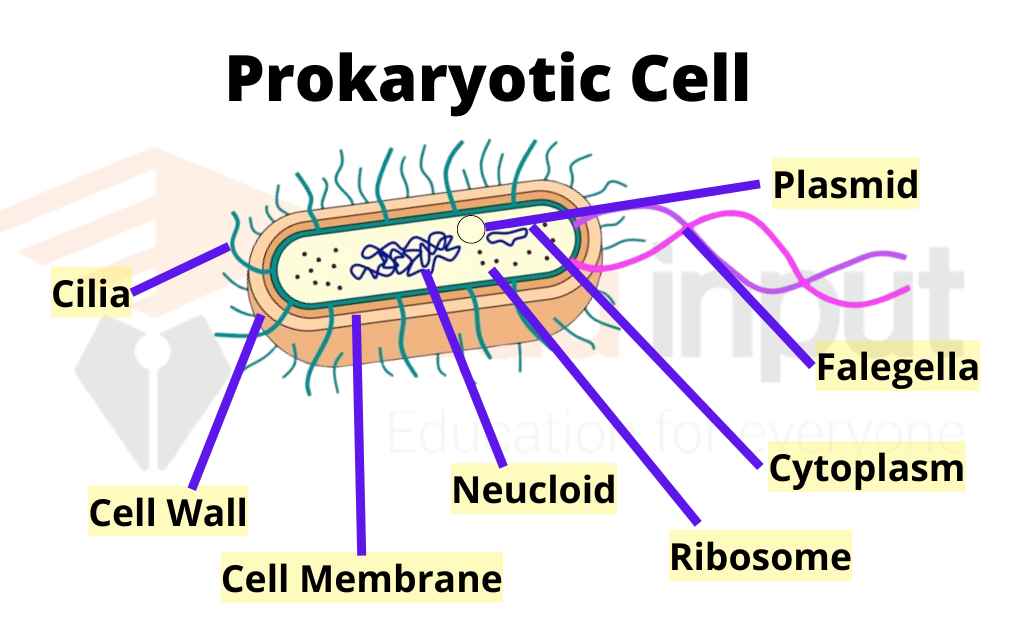Cytoskeleton | Microtubules, Intermediate filament, and Microfilaments
The cytoskeleton is a dynamic network of interlinked protein filaments found in the cytoplasm of the cell. It extends from the cell nucleus to the cell membrane and is composed of similar proteins in all plants and animals. It is present in all cells except Bacteria and Archaea.
The difference in the structure of Cytoskeleton in different Organisms:
The structure, function, and dynamic behavior of the cytoskeleton can be very different, depending on the organism and cell type (either plant cell, animal cell, or any other type). Even within one cell, the cytoskeleton can change through association with other proteins and the previous history of the network.
The cytosol contains cytoskeletal fibers. It is formed of microtubules, microfilaments, and Intermediate filaments.
Discovery of Cytoskeleton
Nikolai K. Koltsov discovered the cytoskeleton in 1903. He proposed that the shape of cells was determined by a network of tubules that he named the cytoskeleton.
Structure of cytoskeleton
The actin and tubulin genes originated in the common ancestor of life on Earth but have taken radically different paths since then – from bacteria to complex eukaryotes. The homologous proteins which these intermediate filaments are made of each have their specific functions.
Actin is responsible for helping cells make thousands of protein polymers with diverse roles like building muscles, type 2 immune response, and playing a role in cell movement while tubulins sit inside the microtubules and are vital components of the cell cytoskeleton helping cells move as they travel along their intended path whether it’s along dendrites or towards food sources.
Types of cytoskeletal fibers
There are three types of fibers, present in the cytoskeleton.
1. Microtubules
Microtubules are long, unbranched, and slender tubulin (alpha and beta tubulin structures. Their diameter is about 23 nm. The motion of the cilia and flagella is created by the microtubules sliding past one another, which requires ATP.
2. Intermediate filaments:
Initially designated ‘intermediate’ because their average diameter (10 nm) is between those of narrower microfilament (actin) and wider myosin filaments found in muscle cells, the diameter of intermediate filaments is now commonly compared to actin microfilaments (7 nm) and microtubules (25 nm).
3.Microfilaments
These are comparatively more cylinders. They are made up of contractile protein actin. They are composed of linear polymers of G-actin proteins. They also act as tracks for the movement of myosin. The G-actin monomer assembles into two chains that intertwine into what are called F-actin chains.

Chemical composition of the Cytoskeleton
The main proteins present in the cytoskeleton are tubulin (in microtubules), actin, myosin, tropomyosin, and other proteins found in muscles.
Functions of Cytoskeleton
- Microfilament performs the following functions:
- They are linked to the inner face of the plasma membrane. They are involved in internal cell motions.
- The cyclosis and amoeboid movements take place by microfilaments.
- Intermediate filaments perform the following functions:
- They are involved in the integration of cell compartments.
- Microtubules perform the following functions:
- They have role assembly and disassembly of spindles structure during mitosis.
- Several cell organelles are derived from microtubules. These organelles are cilia, flagella, basal bodies, and centrioles.
Frequently Asked Questions-FAQs
What is cytoskeleton?
The cytoskeleton is a complex, dynamic network of interlinked protein filaments found in the cytoplasm of the cell.
What are the primary fibers in cytoskeleton?
Three types of filaments form the cytoskeleton;
Microtubules
Intermediate filament
Microfilaments
Do all cells have a cytoskeleton?
All cells except bacteria and Archaea have cytoskeleton in their cytoplasm.






Leave a Reply